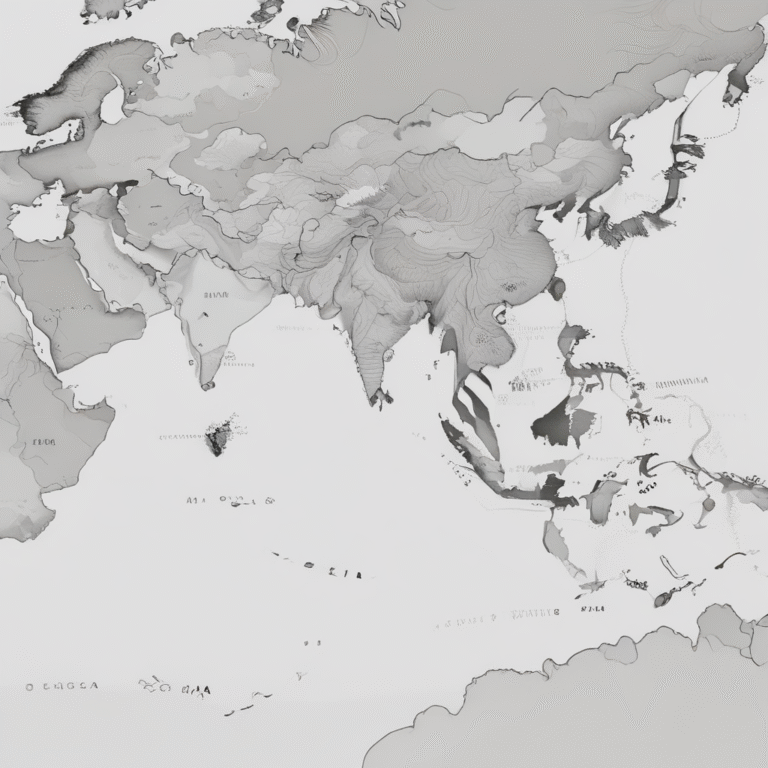AI Surveillance and the Governance Vacuum in the Asia-Pacific
The rapid advancement of artificial intelligence (AI) technologies has led to significant developments in surveillance systems across the globe. However, the Asia-Pacific region faces a unique challenge: a governance vacuum that allows for the unchecked expansion of AI-powered surveillance technologies.
Current Landscape of AI Surveillance
The European Union’s AI Act has emerged as a pioneering legal framework, introducing a phased, risk-based approach to regulate AI systems, including biometric surveillance. Key prohibitions, such as a near-total ban on real-time facial recognition in public spaces, have been implemented since February 2025. However, while Europe advances with regulatory measures, China is quietly exporting its digital control infrastructure throughout the Asia-Pacific, which is experiencing a rapid proliferation of surveillance technologies lacking comprehensive governance frameworks.
China’s Influence and Export of Surveillance Technology
China stands out as the world’s leading exporter of AI-powered surveillance technology. Companies like Huawei, Hikvision, ZTE, and CloudWalk are deeply involved in “safe city” and “smart city” projects across Southeast Asia, Central Asia, Africa, and the Middle East. These projects incorporate facial recognition, biometric profiling, and real-time video analytics into urban infrastructures under the guise of enhancing public safety and efficiency. However, such systems also facilitate extensive political surveillance, enabling governments to monitor and suppress dissent.
The Dual-Use Nature of Surveillance Technologies
AI-powered surveillance technologies, particularly facial recognition, exemplify dual-use technologies. They are marketed as tools for counterterrorism and crime prevention but can be easily repurposed for consolidating political control. Their primary function—real-time identification of individuals in public spaces—renders them effective for not only enhancing security but also for monitoring protests and intimidating dissenters. This is notably evident in China’s use of facial recognition in regions like Xinjiang, where a comprehensive surveillance regime has been constructed to monitor and repress the Uyghur minority.
The Governance Gap in the Asia-Pacific
In stark contrast to the EU, the Asia-Pacific region lacks robust rules governing the deployment of biometric surveillance in public spaces. While democracies like Japan, South Korea, and Australia are beginning to explore AI ethics and risk classification, these initiatives are still in their infancy. The rapid expansion of surveillance infrastructure, especially through partnerships with Chinese tech firms, occurs in environments characterized by weak institutional checks, minimal public consultation, and low transparency.
Implications of the Governance Vacuum
This governance vacuum is not coincidental; it reflects a deeper asymmetry. While Europe is focused on establishing AI regulations, China is advancing its technological innovation and geopolitical influence. The involvement of companies like Huawei in surveillance projects across various countries exemplifies the long-term implications of such technologies. Once operational, these systems reshape institutional practices and normalize constant monitoring.
The Need for Regional Dialogue and Coordination
The Asia-Pacific is particularly vulnerable, with many political systems being semi-authoritarian or hybrid regimes where surveillance tools can be deployed with minimal public oversight. In emerging democracies, there is currently no unified vision for regulating high-risk AI systems like facial recognition. This calls for urgent regional dialogue and coordination on AI surveillance governance. Organizations such as ASEAN, APEC, and Quad member states should take the lead in establishing principles for transparency, accountability, and human rights protections in the deployment of biometric and AI-driven surveillance tools.
In conclusion, the Asia-Pacific must proactively define acceptable AI surveillance practices on its own terms. Failing to do so may result in external norms being imposed, not through regulation or public dialogue, but through the technological frameworks and contracts established by firms like those in China. The future of AI surveillance governance in the region hangs in the balance, necessitating decisive action and collaborative efforts among its nations.










